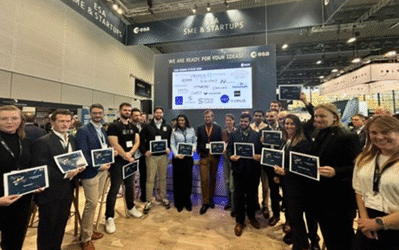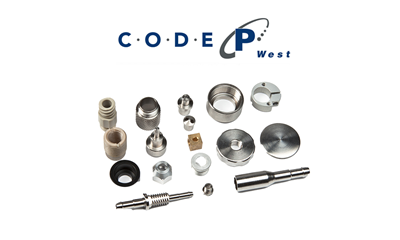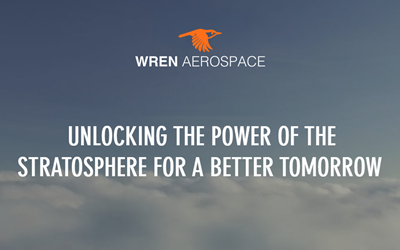A pair of spacecraft were launched together earlier this month with the potential to create artificial solar eclipses. The European Space Agency (ESA)’s twin Proba-3 platforms will perform precise formation flying and mimic a solar eclipse in orbit. Proba-3 is an ESA technology demonstration mission and was launched in India on 5 Dec 2024. On board each satellite are navigational instruments – “BiSon64-ET Sunsensors” designed and manufactured by ESA BIC Noordwijk alumnus Lens R&D – used by the spacecraft to detect the position of the Sun. The company’s CEO Johan Leijtens shares insights into the sensors’ technology.
The following includes Proba-3 launch details from the ESA website
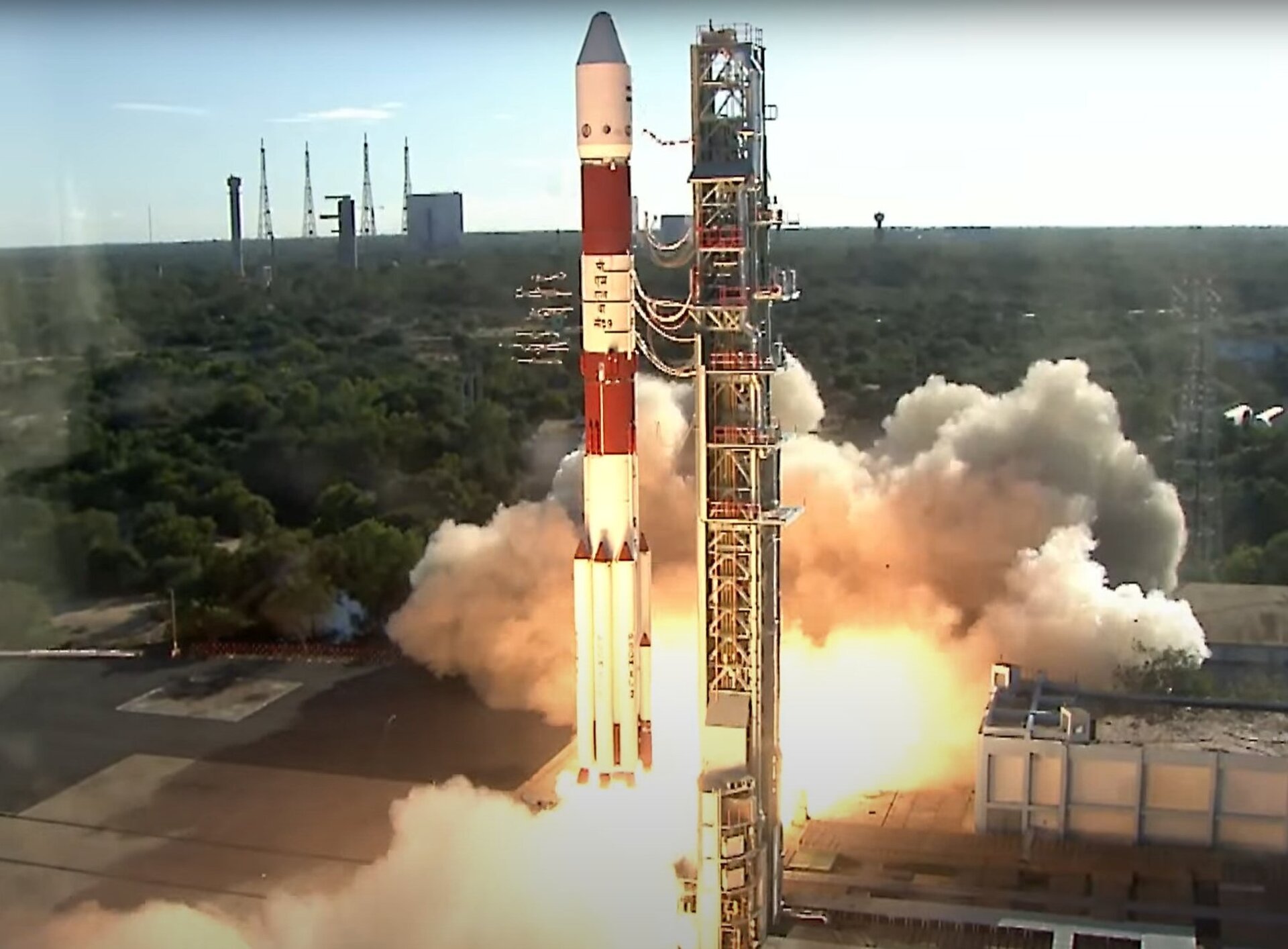
Proba-3 lifted off in early December from Satish Dhawan Space Centre, the primary spaceport of the Indian Space Research Organisation (ISRO). The satellites will perform precise formation flying down to a single millimetre, as if they were one single giant spacecraft. To demonstrate their degree of control, the pair will produce artificial solar eclipses in orbit, giving prolonged views of the Sun’s ghostly surrounding atmosphere, the corona.
Stacked together, the two satellites separated from their upper stage about 18 minutes after launch. The pair will remain attached together while initial commissioning takes place, overseen from mission control at ESA’s European Space Security and Education Centre (ESEC) in Redu, Belgium. It marks the first time ever that ESA will attempt the challenge of flying two spacecraft in precise formation together.
As the Proba acronym indicates – “PRoject for OnBoard Autonomy” – Proba-3’s formation flying experiments will be performed autonomously aboard the satellite pair. If the initial commissioning phase goes to plan, then the spacecraft pair will be separated early in the new year to begin their individual check-outs. The operational phase of the mission, including the first observations of the corona, through active formation flying, should begin in about 4 months.
Mission focus: Proba-3 marks the next step in formation flying. As a world first, the two satellites of Proba-3 – the Coronagraph spacecraft and the Occulter spacecraft – will maintain formation to a few millimetres and arc second precision at distances of around 150 metres for 6 hours at a time. In effect the pair will be forming a virtual giant satellite. This will be achieved autonomously, without relying on guidance from the ground. esa.int/proba-3
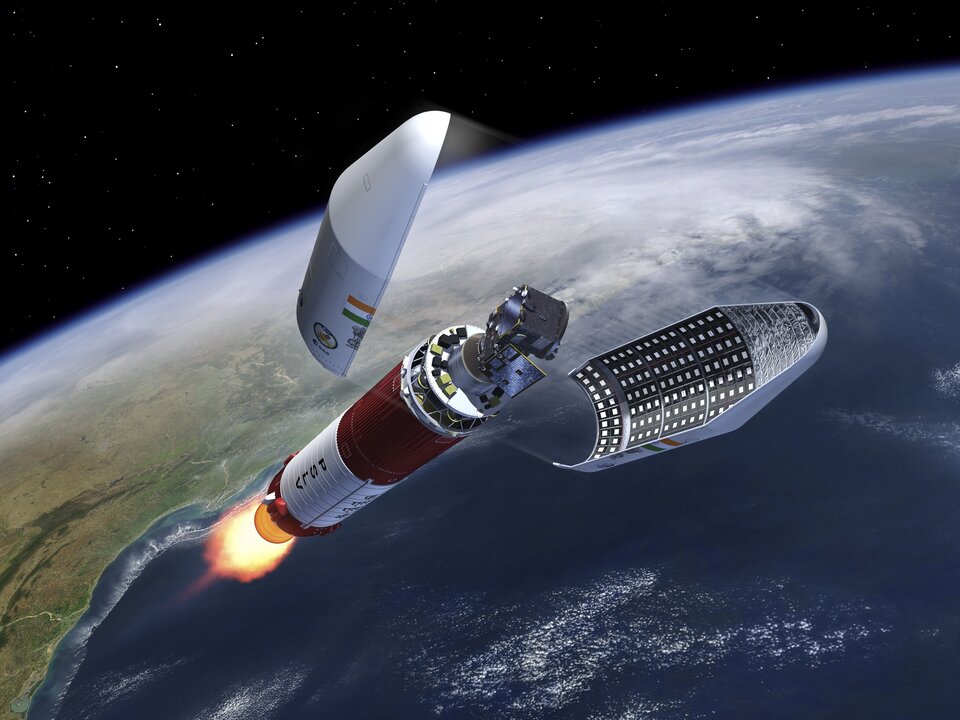
Launch events
Proba-3 mission manager Damien Galano commented on the day of the launch in India (on 5 Dec): “Today’s liftoff has been something all of us in ESA’s Proba-3 team and our industrial and scientific partners have been looking forward to for a long time. Now the hard work really begins because to achieve Proba-3’s mission goals, the two satellites need to achieve positioning accuracy down to the thickness of the average fingernail while positioned one and a half football pitches apart.”
In Belgium, there was a launch event held in the Royal Observatory in Brussels on the day of the originally scheduled date for the launch (on 4 Dec). To illustrate the actual mission, a scaled down setup was created in a hallway at this event to show how far the two spacecrafts will actually be when separated, which was impressive to see for those present.
Lens R&D sensors on board
In the audience at the launch event in Belgium was Johan Leijtens who explained how his company’s technology contributes to the mission: “Each of the Proba-3 satellites are carrying a fully redundant set of the Lens R&D ‘BiSon64-ET Sunsensors’ which are used every orbit to recapture the formation.”
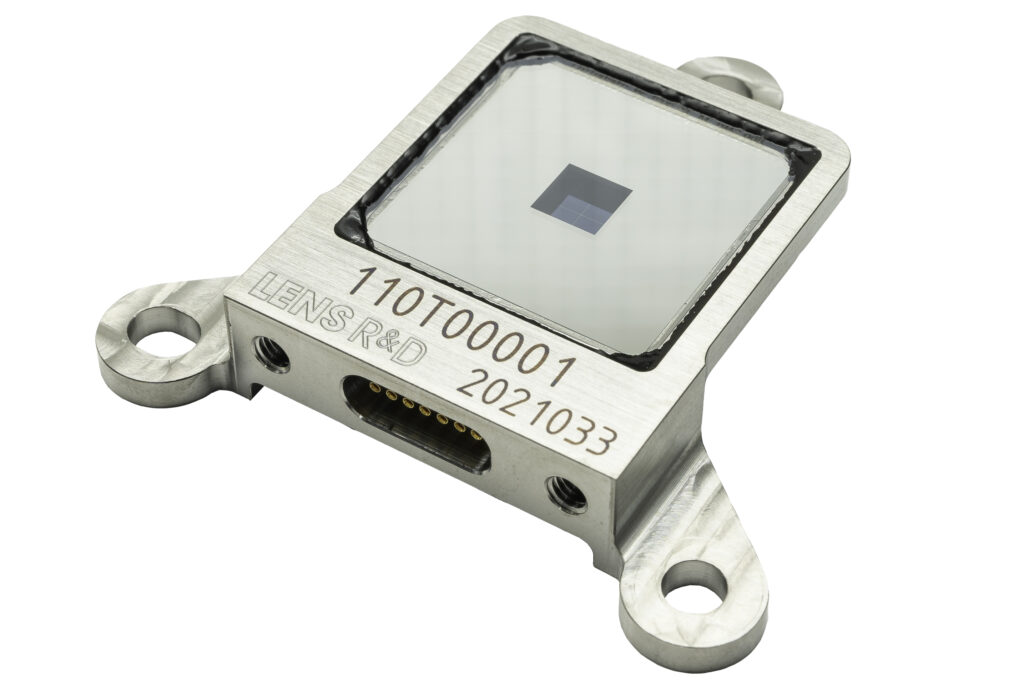
Early versions of these sensors were in the pipeline when Lens R&D was incubated at ESA BIC Noordwijk. Having graduated from the ESA BIC programme in 2014, the company has established itself from its base on the NL Space Campus.
In a recent interview, Johan stated (link available soon): “Despite being a small team of four, we’ve managed to refine our processes for series production, allowing us to deliver high-quality products used in missions across the globe. The key is maintaining a delicate balance between cost, reliability and speed. This is where our partnership with ESA BIC continues to provide strategic value.” With unique properties never before combined in a single sensor, the device was developed to measure the solar aspect angle in two axes and be able to withstand extreme conditions, from cosmic radiation to temperature fluctuations.
The sensors are suited for use on any orbit and any launcher without any further qualification
Johan leijtens, Lens r&D
Forward planning for future missions
To ensure readiness for the Proba-3 mission, the cutting edge BiSon64-ET Sunsensors developed by Lens R&D went through a full ESA qualification programme. Over the years of innovating, testing, modifying and qualifying, the sensors have shown not only an unprecedented performance but also an unprecedented price-to-performance ratio and scalability of production. Read more about the development of these unique sensors in an earlier conference paper by Johan Leijtens et al. here (PDF). Initially only intended for direct solar panel mounting on geostationary telecom satellites, the BiSon64-ET Sunsensors are now suitable as high-reliability constellation sensors suitable to fly on any mission in any orbit, as explained to SBIC with some exclusive technical insights from Johan.
“This ESA qualified BiSon64-ET Sunsensor is radiation hardened and very suited for demanding space applications. The very wide temperature range and extended envelope environmental qualification makes it the sensor of choice for highly demanding missions like ESA’s Proba-3 or the CNES/DLR’s MMX rover going to one of the moons of Mars,” states Johan.
“Available with or without baffle, the sensors are flying or delivered to fly in the near future in any orbit imaginable with exception of MEO (as not many missions go there currently). Mars, L2, the Moon, GEO, GTO high and low LEO were already covered and with Proba-3 now also the very rare HEO orbit is covered. Looking forward to supplying an MEO mission to complete the palette, the sensors are suited for use on any orbit and any launcher without any further qualification.”
He concludes: “Developing the BiSon-6 for terrestrial high volume applications within the ESA BIC programme provided us with valuable technical knowledge on optimisation for recurring production and helped us tackle some of the main technical difficulties associated with the BiSon series of sensors.”
The Proba-3 launch news was initially shared on the ESA website
Definitions of acronyms used in this article (in alphabetical order):
CNES, French National Centre for Space Studies
DLR, German Aerospace Centre
ESA, European Space Agency
GEO, geostationary orbit
GTO, geostationary transfer orbit
ISRO, Indian Space Research Organisation
L2, Lagrangian point 2
LEO, low Earth orbit
MEO, medium Earth orbit
MMX, Martian Moons eXploration
PLSV-XL, Polar Satellite Launch Vehicle-XL
About: Lens R&D BV is a systems engineering company specialised in optimising high reliability (electro-optical) sensors and systems for volume fabrication. This is done by combining a healthy level of innovation with many years of experience and background in the production of sensors and systems for both military and space applications. lens-rnd.com
